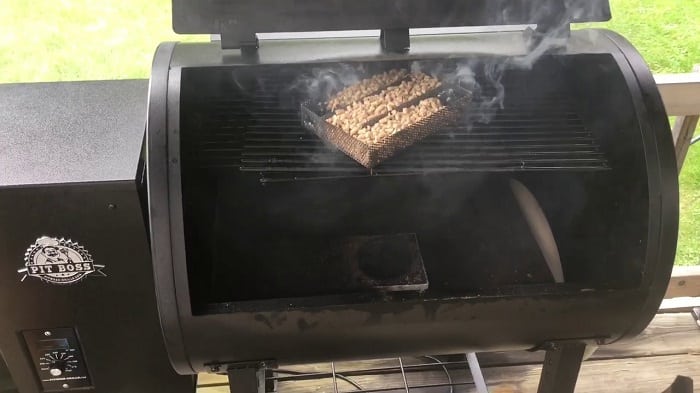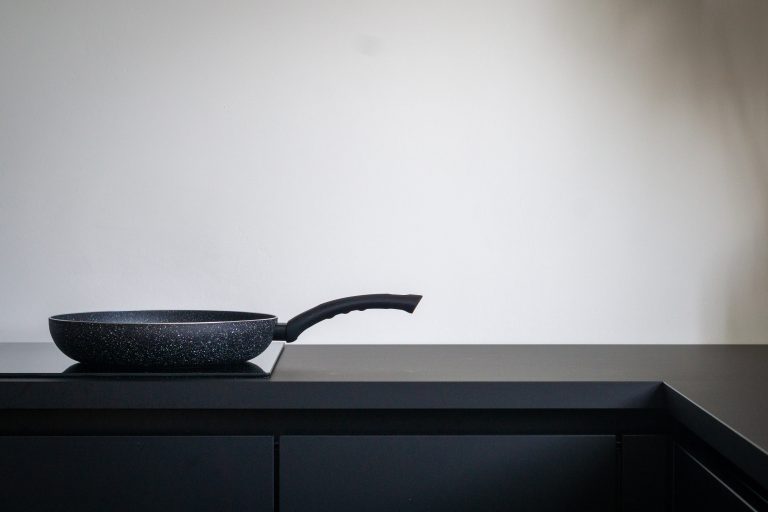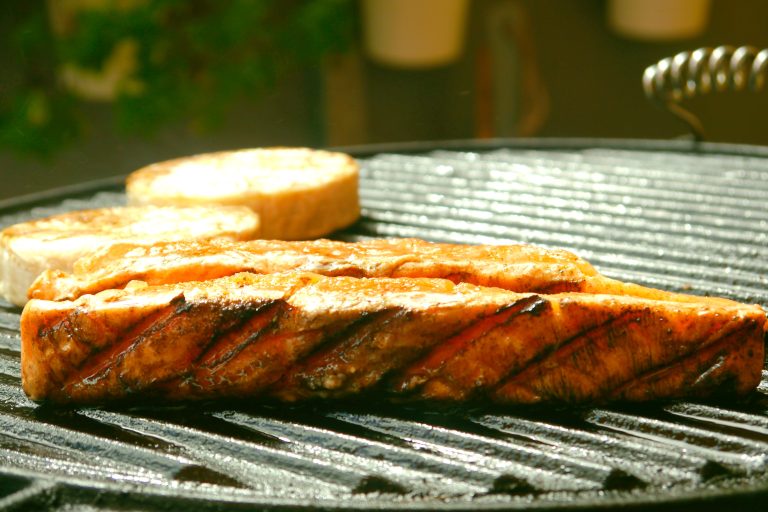As an Amazon Associate we earn from qualifying purchases.
Why is my Pit Boss not smoking?
It is common knowledge that the more smoke you get, the more flavorful your meat would be. Most of us have experienced a situation where we want to use your
It has happened to me severally, and so I know that this post will be useful to our readers. You can’t smoke meat without smoke.
The most common reasons why your
In this section, I’ll list the common reasons why your
Why is my Pit Boss not smoking?

You want to see smoke from your
| Image | Title | Price | Prime | Buy |
|---|---|---|---|---|
 | 2 Pack Replacement for Pit Boss Hot Rod Ignitor Kit, Hot Igniter Kits Compatible with Pitboss& Camp Chef Pellet Grill, Comes with 2pc Fuses | PrimeEligible | Check Price | |
 | Stanbroil Replacement Induction Fan Kit for all Pit Boss / Traeger Wood Pellet Grills | PrimeEligible | Check Price |
DON’T MISS: Pit Boss special offer
Reason #1: You’re not using the ideal temperature for smoking
Your
Set your grill to between 60oF and 90oF (P4 setting) because you need low temperatures for more smoke from your grill.
For even more smoke, bring the temperature down to around 220oF.
Reason #2: Dampness in your wood pellets
If you’re trying to smoke meat using a
The wood pellets you use for smoking need to be completely dry in order for them to produce smoke.
The presence of water in wood pellets could be the reason why your
Reason #3: Faulty hot rod ignitor
The hot rod ignitor is a crucial component of your
This component is located at the bottom of your firepot. It works in a similar way to the ignitor in gas grills and stoves.
The issue with the hot rod ignitor is that it does not last forever. With use, it shows signs of wearing out sooner or later.
When this happens, your
When this happens, you have to replace the hot rod ignitor. Thankfully, it’s pretty straightforward to do this. Purchase the hot rod ignitor kit from Amazon or the official Pit Boss website and follow the instructions below.

10 steps to replace hot rod ignitor kit in Pit Boss grill
Step 1: Take the
Step 2: Connect the grill to a power outlet.
Step 3: Get some dry wood pellets, and fill the hopper with these.
Step 4: Disassemble the cooking grates, top shelf, and flame broiler.
Step 5: Dispose of any ash left from the firepot.
Step 6: Next, put some pellets inside of the firepot and pour some cooking oil into it, and ignite the starter using a normal lighter.
Step 7: Allow the pellets to catch fire, and leave it for 5 minutes.
Step 8: While the pellets are burning, carefully replace the parts.
Step 9: Put your
Step 10: Set your
Reason #4: Damaged or incompatible extension cord
As surprising as it may sound, a major reason why your
You are almost certainly bound to forget to plug in your pellet grill if you are used to a charcoal grill. So, ensure that you do this.
If your grill is connected to a power outlet, ensure that this source is 110V rated.
Confirm that your extension cord is free from external and internal damage. Also, also test the power flow using a circuit tester to confirm that the outlet is grounded.
Make sure you replace the cord if you notice any tears on it. Grounding the outlet and replacing worn cords reduce the risk of electrical incidents.
Lastly, confirm that your outdoor extension cord has a minimum of 12/3 gauge and is compatible with a GFCI circuit.
Reason #5: Weak induction/combustion fan
The induction fan is another vital component of your pellet grill that also helps maintain the fire and circulate the smoke and heat for your cooking. With a weak induction fan, not only would your
Unlike the hot rod ignitor, however, the fan is designed to last for a long time without issue. However, it will get weak with time and use. In this case, you have to clean or replace the fan.
Step 1: Disconnect your pellet grill from the electricity source and remove the bottom place off the hopper.
Step 2: You will see the fan in the hopper. Using a dry material, clean the fan.
Step 3: Check if the fan can rotate easily. You can do this using a screwdriver or your finger. Ideally, it should rotate without you applying much force.
Step 4: Replace the fan if it is damaged.

Reason #6: Debris and ash in the firepot
Sometimes, if your
With much ash blocking the airflow, and the grill not heating up sufficiently, you’ll inevitably notice that your



